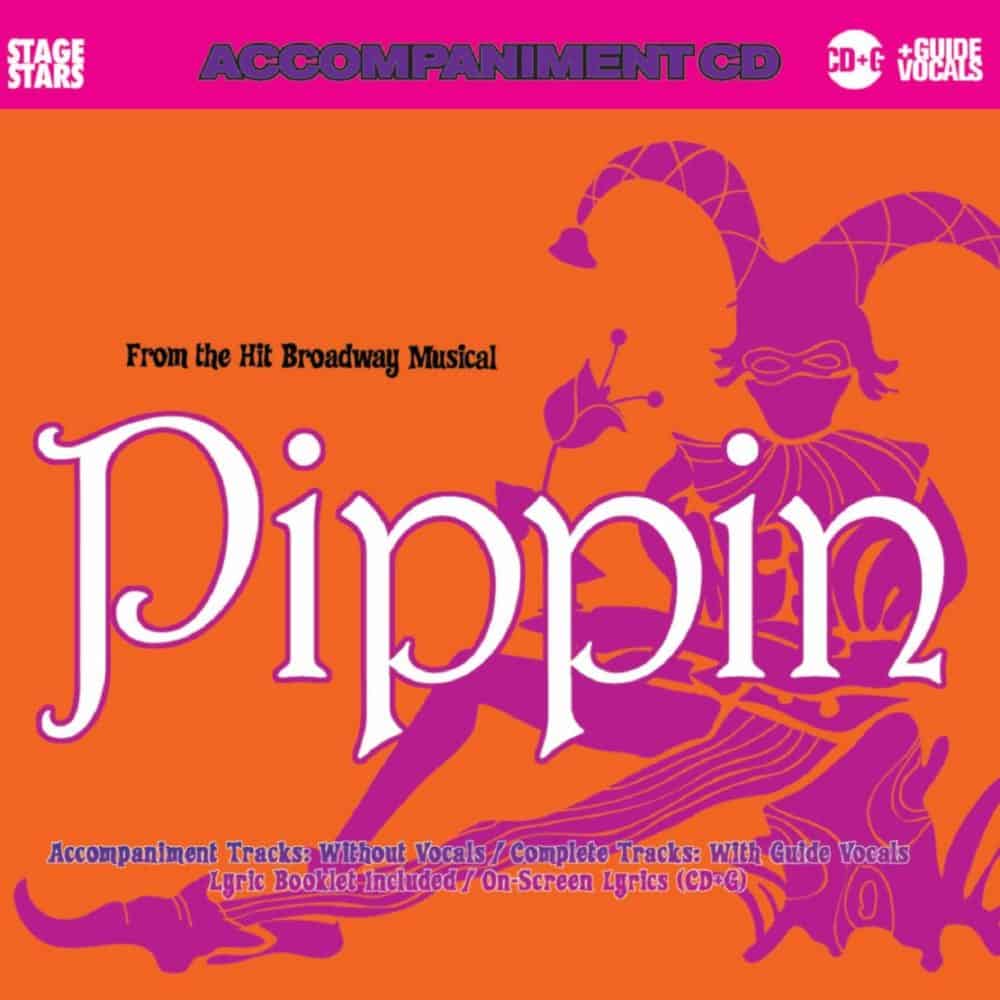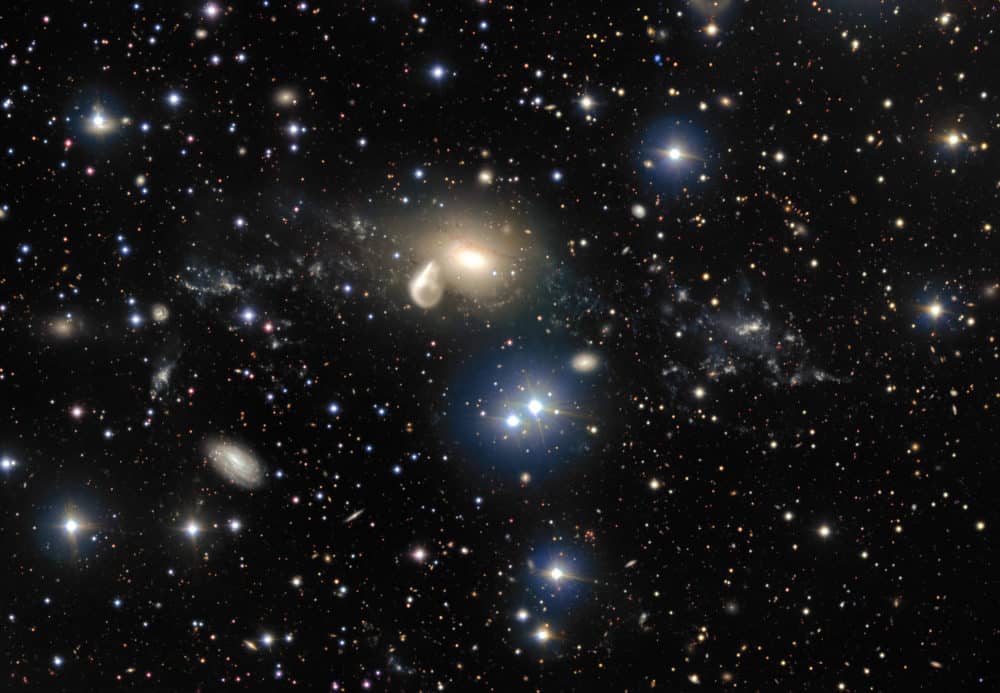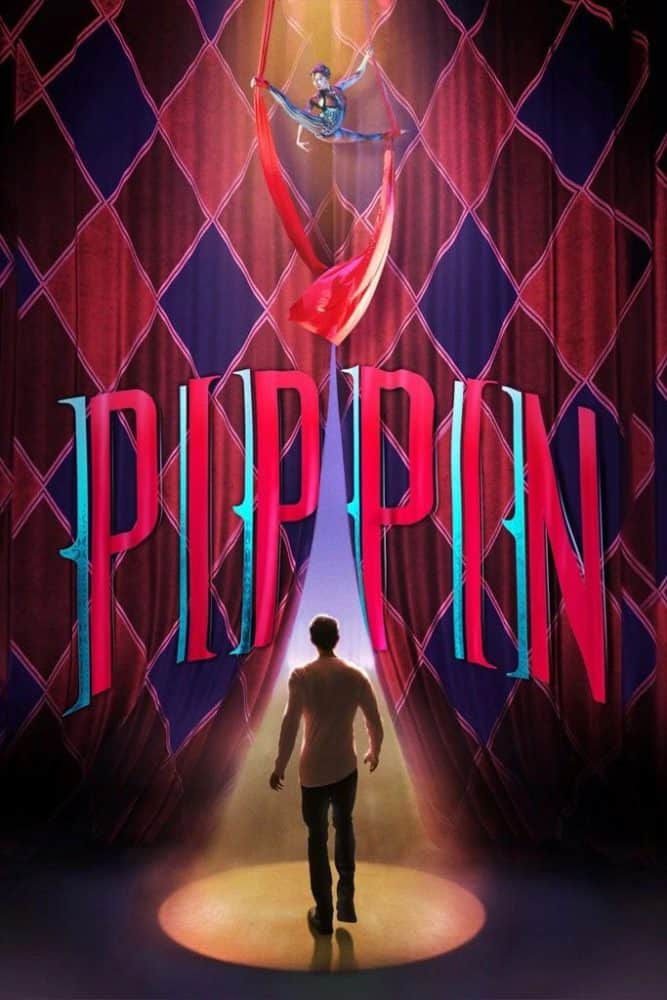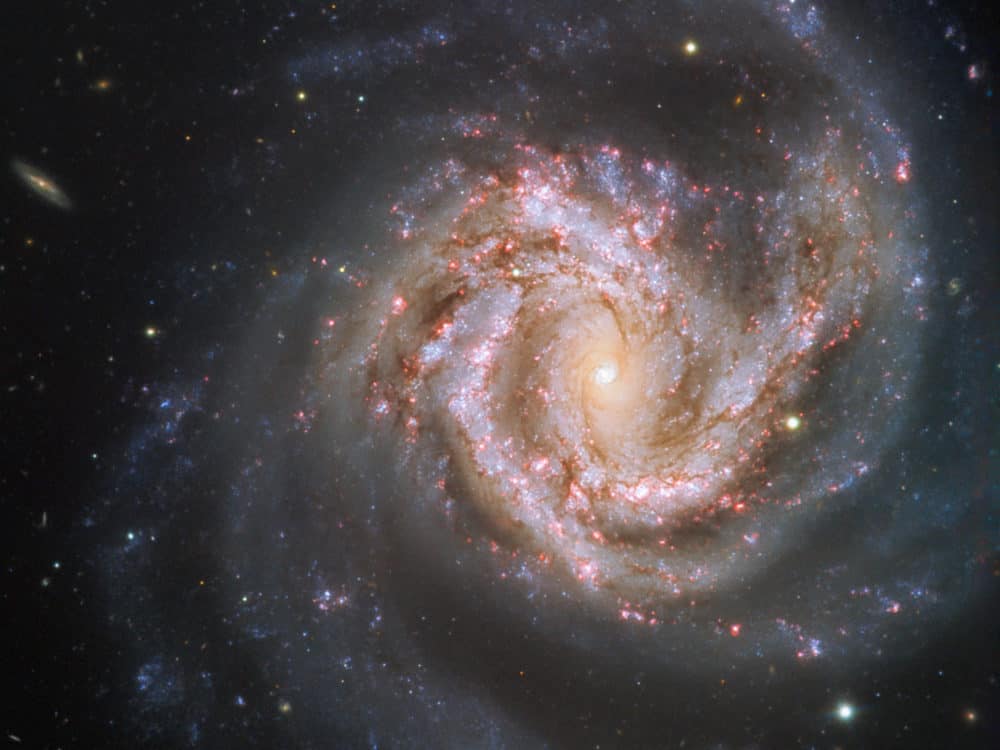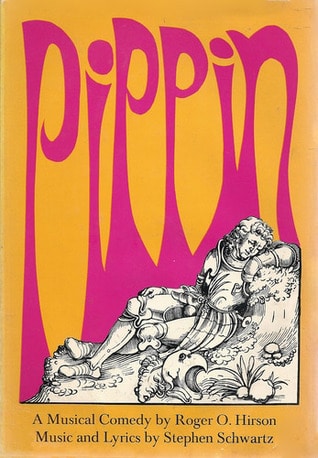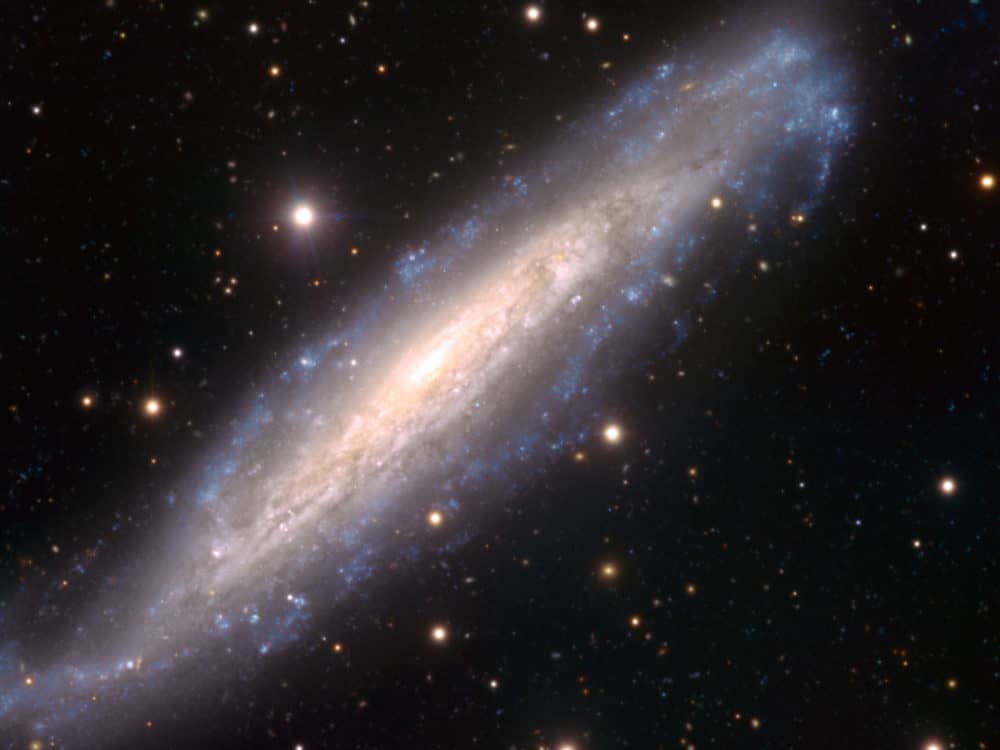Blog
John William Coltrane (September 23, 1926 – July 17, 1967) was an American jazz saxophonist and composer. Working in the bebop and hard bopidioms early in his career, Coltrane helped pioneer the use of modes and was at the forefront of free jazz. He led at least fifty recording sessions and appeared on many albums by other musicians, including trumpeter Miles Davis and pianist Thelonious Monk. Over the course of his career, Coltrane’s music took on an increasingly spiritual dimension. He remains one of the most influential saxophonists in music history. He received many posthumous awards, including canonization by the African Orthodox Church and a Pulitzer Prize in 2007. His second wife was pianist/harpist Alice Coltrane. Their children Ravi Coltrane, Oran Coltrane and John Coltrane Jr are all musicians.
Coltrane was born in his parents’ apartment at 200 Hamlet Avenue in Hamlet, North Carolina, on September 23, 1926. His father was John R. Coltrane and his mother was Alice Blair. He grew up in High Point, North Carolina and attended William Penn High School. Beginning in December 1938, his father, aunt, and grandparents died within a few months of each other, leaving him to be raised by his mother and a close cousin. In June 1943, he moved to Philadelphia. In September, his mother bought him his first saxophone, an alto. He played clarinet and alto horn in a community band before beginning alto saxophone in high school. From early to mid-1945 he had his first professional work: a “cocktail lounge trio” with piano and guitar.
To avoid being drafted by the Army, Coltrane enlisted in the Navy on August 6, 1945, the day the first U.S. atomic bomb was dropped on Japan. He was trained as an apprentice seaman at Sampson Naval Training Station in upstate New York before he was shipped to Pearl Harbor, where he was stationed at Manana Barracks, the largest posting of African-American servicemen in the world. By the time he got to Hawaii in late 1945, the Navy was downsizing. Coltrane’s musical talent was recognized, and he became one of the few Navy men to serve as a musician without having been granted musician’s rating when he joined the Melody Masters, the base swing band. As the Melody Masters was an all-white band, however, Coltrane was treated merely as a guest performer to avoid alerting superior officers of his participation in the band. He continued to perform other duties when not playing with the band, including kitchen and security details. By the end of his service, he had assumed a leadership role in the band. His first recordings, an informal session in Hawaii with Navy musicians, occurred on July 13, 1946. He played alto saxophone on a selection of jazz standards and bebop tunes.
After being discharged from the Navy as a seaman first class in August 1946, Coltrane returned to Philadelphia, where he “plunged into the heady excitement of the new music and the blossoming bebop scene.” After touring with King Kolax, he joined a band led by Jimmy Heath, who was introduced to Coltrane’s playing by his former Navy buddy, trumpeter William Massey, who had played with Coltrane in the Melody Masters. He studied jazz theory with guitarist and composer Dennis Sandole and continued under Sandole’s tutelage through the early 1950s. Although he started on alto saxophone, he began playing tenor saxophone in 1947 with Eddie Vinson.
In the summer of 1955, Coltrane was freelancing in Philadelphia while studying with guitarist Dennis Sandole when he received a call from Davis. The trumpeter, whose success during the late forties had been followed by several years of decline in activity and reputation, due in part to his struggles with heroin, was again active and about to form a quintet. Coltrane was with this edition of the Davis band (known as the “First Great Quintet”—along with Red Garland on piano, Paul Chambers on bass, and Philly Joe Jones on drums) from October 1955 to April 1957 (with a few absences). During this period Davis released several influential recordings that revealed the first signs of Coltrane’s growing ability. This quintet, represented by two marathon recording sessions for Prestige in 1956, resulted in the albums Cookin’, Relaxin’, Workin’, and Steamin’. The “First Great Quintet” disbanded due in part to Coltrane’s heroin addiction.[18]
During the later part of 1957 Coltrane worked with Thelonious Monk at New York’s Five Spot Café, and played in Monk’s quartet (July–December 1957), but, owing to contractual conflicts, took part in only one official studio recording session with this group. Coltrane recorded many albums for Prestige under his own name at this time, but Monk refused to record for his old label.[19] A private recording made by Juanita Naima Coltrane of a 1958 reunion of the group was issued by Blue Note Records as Live at the Five Spot—Discovery! in 1993. A high quality tape of a concert given by this quartet in November 1957 was also found later, and was released by Blue Note in 2005. Recorded by Voice of America, the performances confirm the group’s reputation, and the resulting album, Thelonious Monk Quartet with John Coltrane at Carnegie Hall, is widely acclaimed.
Blue Train, Coltrane’s sole date as leader for Blue Note, featuring trumpeter Lee Morgan, bassist Paul Chambers, and trombonist Curtis Fuller, is often considered his best album from this period. Four of its five tracks are original Coltrane compositions, and the title track, “Moment’s Notice”, and “Lazy Bird“, have become standards. Both tunes employed the first examples of his chord substitution cycles known as Coltrane changes.
more...The spectacular aftermath of a 360 million year old cosmic collision is revealed in great detail in this image from ESO’s Very Large Telescope at the Paranal Observatory. Among the debris surrounding the elliptical galaxy NGC 5291 at the centre is a rare and mysterious young dwarf galaxy, which appears as a bright clump towards the right of the image. This object is providing astronomers with an excellent opportunity to learn more about similar galaxies that are expected to be common in the early Universe, but are normally too faint and distant to be observed by current telescopes.
189170699.0628 light years distant.
more...
Oliver “Tuku” Mtukudzi (22 September 1952 – 23 January 2019) was a Zimbabwean musician, businessman, philanthropist, human rights activistand UNICEF Goodwill Ambassador for Southern Africa Region. Tuku was considered to have been Zimbabwe’s most renowned and internationally recognised cultural icon of all time. Mtukudzi grew up in Highfield, a poor neighborhood in Salisbury (modern-day Harare) in Southern Rhodesia, as the eldest of seven siblings. While both his parents sang in a choir, they were initially not supportive of his continued interest in music, consequently breaking his first homemade guitar.
He began performing in 1977 when he joined the Wagon Wheels, a band that also featured Thomas Mapfumo and fellow legendary guitarist James Chimombe. They were given the rare opportunity by Paul Tangi Mhova Mkondo, an African nationalist and music promoter, who provided money and resources to the group. With the support of Mutanga, the prayers and blessings of Amai Mutanga, he allowed them to perform at Mutanga Restaurant & Night Club (Pungwe) which, at the time, was the first and only African licensed (obtained by Mkondo) night club available for blacks under Rhodesia’s policy of segregation. Their single Dzandimomotera went gold and Tuku’s first album followed, which was also a major success. Mtukudzi is also a contributor to Mahube, Southern Africa’s “supergroup”.
more...Chief Sunday Adeniyi Adegeye MFR, known professionally as King Sunny Adé (born 22 September 1946), is a Nigerian singer-songwriter and multi-instrumentalist in the West African musical style jùjú. One of the first African pop musicians to gain international success, he has been called one of the most influential musicians of all time.
In March 2017, he was appointed ambassador for the Change Begins With Me campaign by the Nigerian minister of Information Lai Mohammed. Adé was born in Osogbo to a Nigerian royal family from Ondo, thus making him an Omoba of the Yoruba people. His father was a church organist, while his mother was a trader from Akure. Adé left grammar school in Ondo under the pretense of going to the University of Lagos. There, in Lagos, his mercurial musical career started.
Sunny Adé’s musical sound has evolved from the early days. His career began with Moses Olaiya‘s Federal Rhythm Dandies, a highlife band. He left to form a new band, The Green Spots, in 1967. Over the years, for various reasons ranging from changes in his music to business concerns, Sunny Adé’s band changed its name several times, first to African Beats and then to Golden Mercury. King Sunny was influenced by Juju pioneer and borrowed stylistic elements from Nightingale’s ‘So wa mbe’ style of juju.
He founded the King Sunny Ade Foundation, an organization that includes a performing arts center, a state of the art recording studio, and housing for young musicians. He is a visiting lecturer at the Obafemi Awolowo University, Ile- Ife and recipient of the Order of the Federal Republic.
https://www.youtube.com/watch?v=xloI9V52IRU
more...Alvin LeRoy Holmes (September 22, 1913 – July 27, 1986) was an American songwriter, composer, arranger, orchestra conductor and record producer. Holmes graduated from Hollywood High School, studied music at Northwestern University in Evanston, Illinois and the Juilliard School in New York, before working with a number of bandleaders during the 1930s and early 1940s. These included Ernst Toch, Vincent Lopez, and Harry James, for whose band, he wrote “The Mole”.
After serving as a pilot and flying instructor, a lieutenant in the US Navy during the Second World War, he moved to Hollywood, where he was hired by MGM Music Studios as a house arranger and conductor. In 1950, he relocated to New York and continued as a record producer for MGM, and later moved to United Artists. During his time with MGM, he backed numerous vocalists, including Judy Garland, and in 1954 made what is possibly his best known recording, a version of the theme to the film The High and the Mighty.[1] It sold over one million copies, and was awarded a gold disc.[2]The song is known for its distinctive accompanying whistling, which was provided by Fred Lowery. Holmes provided the orchestration for Tommy Edwards epic 1958 hit “It’s All In The Game“, and tried rock and R&B with his backing to the Impalas “Sorry (I Ran All the Way Home)“. Holmes also wrote the theme song to the television series International Detective.
He moved to United Artists Records in the early 1960s, where he contributed to many compilations of movie themes, released albums under his own name and backed a succession of singers, notably Connie Francis, Gloria Lynne, Shirley Bassey and Puerto Rican singers like Tito Rodríguez and Chucho Avellanet. In addition, he produced albums for a number of United Artists acts, including the Briarwood Singers. He also worked on the music for the 1977 film The Chicken Chronicles.
more...September 21st, 2019
Pippin the Musical performance today at the Mixed Blood Theater in Minneapolis presented by Theater 55. Double performances Saturday September 21st @ 2pm matinee & 730pm Running thru September 29th 2019 12 shows. Natalia Peterson on piano, Jamie Carter on guitar and mick laBriola percussion chair.
Nuzzled in the chest of the constellation Virgo (the Virgin) lies a beautiful cosmic gem — the galaxy Messier 61. This glittering spiral galaxy is aligned face-on towards Earth, thus presenting us with a breathtaking view of its structure. The gas and dust of the intricate spiral arms are studded with billions of stars. This galaxy is a bustling hub of activity with a rapid rate of star formation, and both a massive nuclear star cluster and a supermassive black hole buried at its heart.
Messier 61 is one of the largest members of the Virgo Cluster, which is made up of more than a thousand galaxies, and is itself at the centre of the Virgo Supercluster — to which our Milky Way also belongs. This dazzling beauty was first discovered in 1779, and it has been capturing astronomers’ interest ever since. Set against a dark sky littered with galaxies, this image shows the awe-inspiring M61 in its full glory — even at its distance of over 50 million light-years.
This image was taken as part of ESO’s Cosmic Gems Programme, an outreach initiative to produce images of interesting, intriguing or visually attractive objects using ESO telescopes, for the purposes of education and public outreach. The programme makes use of telescope time that cannot be used for science observations. In case the data collected could be useful for future scientific purposes, these observations are saved and made available to astronomers through ESO’s Science Archive.
more...Leonard Norman Cohen CC GOQ (September 21, 1934 – November 7, 2016) was a Canadian singer, songwriter, poet, and novelist. His work explored religion, politics, isolation, sexuality, and romantic relationships. Cohen was inducted into the Canadian Music Hall of Fame, the Canadian Songwriters Hall of Fame, and the Rock and Roll Hall of Fame. He was invested as a Companion of the Order of Canada, the nation’s highest civilian honour. In 2011, Cohen received one of the Prince of Asturias Awards for literature and the ninth Glenn Gould Prize.
Cohen pursued a career as a poet and novelist during the 1950s and early 1960s; he did not launch a music career until 1967, at the age of 33. His first album, Songs of Leonard Cohen (1967), was followed by three more albums of folk music: Songs from a Room (1969), Songs of Love and Hate(1971) and New Skin for the Old Ceremony (1974). His 1977 record Death of a Ladies’ Man, co-written and produced by Phil Spector, was a move away from Cohen’s previous minimalist sound. In 1979, Cohen returned with the more traditional Recent Songs, which blended his acoustic style with jazz, Oriental, and Mediterranean influences. Perhaps Cohen’s most famous song, “Hallelujah“, was first released on his studio album Various Positions in 1984. I’m Your Man in 1988 marked Cohen’s turn to synthesized productions and remains his most popular album. In 1992, Cohen released its follow-up, The Future, which had dark lyrics and references to political and social unrest.
Cohen returned to music in 2001 with the release of Ten New Songs, which was a major hit in Canada and Europe. His 11th album, Dear Heather, followed in 2004. Following a successful string of tours between 2008 and 2013, Cohen released three albums in the final four years of his life: Old Ideas (2012), Popular Problems (2014) and You Want It Darker (2016), the last of which was released three weeks before his death.
Leonard Cohen was born into a middle-class Jewish family in Westmount, Quebec, on September 21, 1934. His Lithuanian mother, Marsha Klonitsky (“Masha”; 1905–1978), was the daughter of a Talmudic writer, Rabbi Solomon Klonitsky-Kline, and emigrated to Canada in 1927. His paternal grandfather, whose family had moved from Poland to Canada, was Lyon Cohen, the founding president of the Canadian Jewish Congress. His father, Nathan Bernard Cohen (1891–1943), who owned a substantial clothing store, died when Cohen was nine years old. The family observed Orthodox Judaism, and belonged to Congregation Shaar Hashomayim, to which Cohen retained connections for the rest of his life. On the topic of being a Kohen, Cohen told Richard Goldstein in 1967, “I had a very Messianic childhood. I was told I was a descendant of Aaron, the high priest.
more...Foreststorn “Chico” Hamilton, (September 20, 1921 – November 25, 2013) was an American jazz drummer and bandleader. He came to prominence as sideman for Lester Young, Gerry Mulligan, Count Basie, and Lena Horne. Hamilton became a bandleader, first with a quintet featuring the cello as a lead instrument, an unusual choice for a jazz band in the 1950s, and subsequently leading bands that performed cool jazz, post bop, and jazz fusion.
Foreststorn Hamilton was born in Los Angeles, California, one of three brothers, one of whom was actor Bernie Hamilton.
Hamilton started his career in a band with Charles Mingus, Illinois Jacquet, Ernie Royal, Dexter Gordon, Buddy Collette and Jack Kelso before he had finished high school. Engagements with Lionel Hampton, Slim & Slam, T-Bone Walker, Lester Young, Count Basie, Duke Ellington, Charlie Barnet, Billy Eckstine, Nat King Cole, Sammy Davis Jr., Billie Holiday, Gerry Mulligan and Lena Horne established his career.
Hamilton appeared in You’ll Never Get Rich (1941) as part of the backing group supporting Fred Astaire. Hamilton also performed on the soundtrack of the Bing Crosby and Bob Hope film Road to Bali (1952).
https://www.youtube.com/watch?v=wIewkLZiQMI
more...Leroy Eliot “Slam” Stewart (September 21, 1914 – December 10, 1987) was an American jazz double bass player whose trademark style was his ability to bow the bass (arco) and simultaneously hum or sing an octave higher. He was a violinist before switching to bass at the age of 20.
Stewart found regular session work throughout the 1940s with Lester Young, Fats Waller, Coleman Hawkins, Erroll Garner, Art Tatum, Johnny Guarnieri, Red Norvo, Don Byas, Benny Goodman, and Beryl Booker. One of the most famous sessions he played on took place in 1945 when Stewart played with Dizzy Gillespie’s group (which featured Charlie Parker). Out of those sessions came some of the classics of bebop such as “Groovin’ High” and “Dizzy Atmosphere“.
more...Greta Thunberg is leading kids and adults from 150 countries in a massive Friday climate strike.
Young people from around the world are leading a massive coordinated strike from school on Friday, September 20, to protest government and business inaction on climate change. It is likely to be one of the largest environmental protests in history.
The Global Climate Strike comes just before countries will gather at the United Nations for the Climate Action Summit on September 23, where countries are supposed to ramp up their ambitions to curb greenhouse gases under the 2015 Paris climate agreement. A second worldwide strike is planned for September 27.
“If you can’t be in the strike, then, of course, you don’t have to,” 16-year-old Swedish climate activist Greta Thunberg, the original school striker who last year began demanding more action from her government on climate change with weekly protests, told Teen Vogue. “But I think if there is one day you should join, this is the day.”
Thunberg has become an increasingly influential figurehead and voice for youth climate angst and activism. Since she no longer flies because of the aviation industry’s high carbon emissions, she was offered the opportunity to travel to the US on a zero-emissions sailboat. This week, she’s been in Washington, DC, speaking before Congress and meeting with US lawmakers, including House Speaker Nancy Pelosi (D-CA), before heading to New York City for the strikes and the summit.
more...
Portrayed in this beautiful image is the spiral galaxy NGC 1448, with a prominent disc of young and very bright stars surrounding its small, shining core. Located about 60 million light-years away from the Sun, this galaxy has recently been a prolific factory of supernovae, the dramatic explosions that mark the death of stars : after a first one observed in this galaxy in 1983, two more have been discovered during the past decade.
Visible as a red dot inside the disc, in the upper right part of the image, is the supernova observed in 2003 (SN 2003hn), whereas another one, detected in 2001 (SN 2001el), can be noticed as a tiny blue dot in the central part of the image, just below the galaxy’s core. If captured at the peak of the explosion, a supernova might be as bright as the whole galaxy that hosts it.
This image was obtained using the FORS instrument mounted on one of the 8.2-metre telescopes of ESO’s Very Large Telescope on top of Cerro Paranal, Chile. It combines exposures taken through three filters (B, V, R) on several occasions, between July 2002 and the end of November 2003. The field of view is 7 arcminutes.
more...More Posts
- Zamya Theater “A Challenge to Change” 5-3-22
- Cosmos M99
- Jimmy Cleveland
- Pete Seeger
- James Brown
- John Lewis
- STOP THE WAR IN UKRAINE Trio Mandili
- Daily Roots Prince Alla
- Cosmos NGC 3627
- Judge Dread
- Eddie Green
- Richard “Groove” Holmes
- SAVE UKRAINE Joryj Kłoc
- Daily Roots Barry Brown
- Mayday Ceremony 2022
- HAPPY MAYDAY 2022
- Cosmos M63
- Rita Coolidge
- Judy Collins
- Shirley Horn
